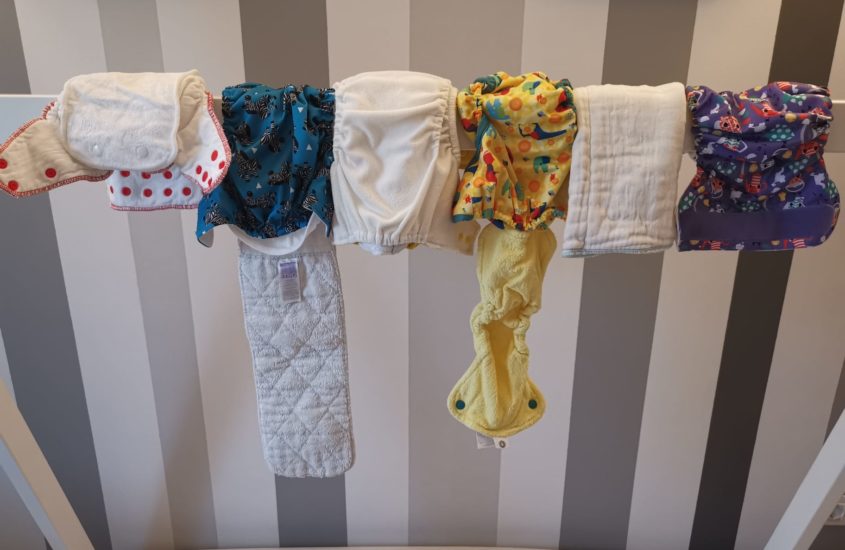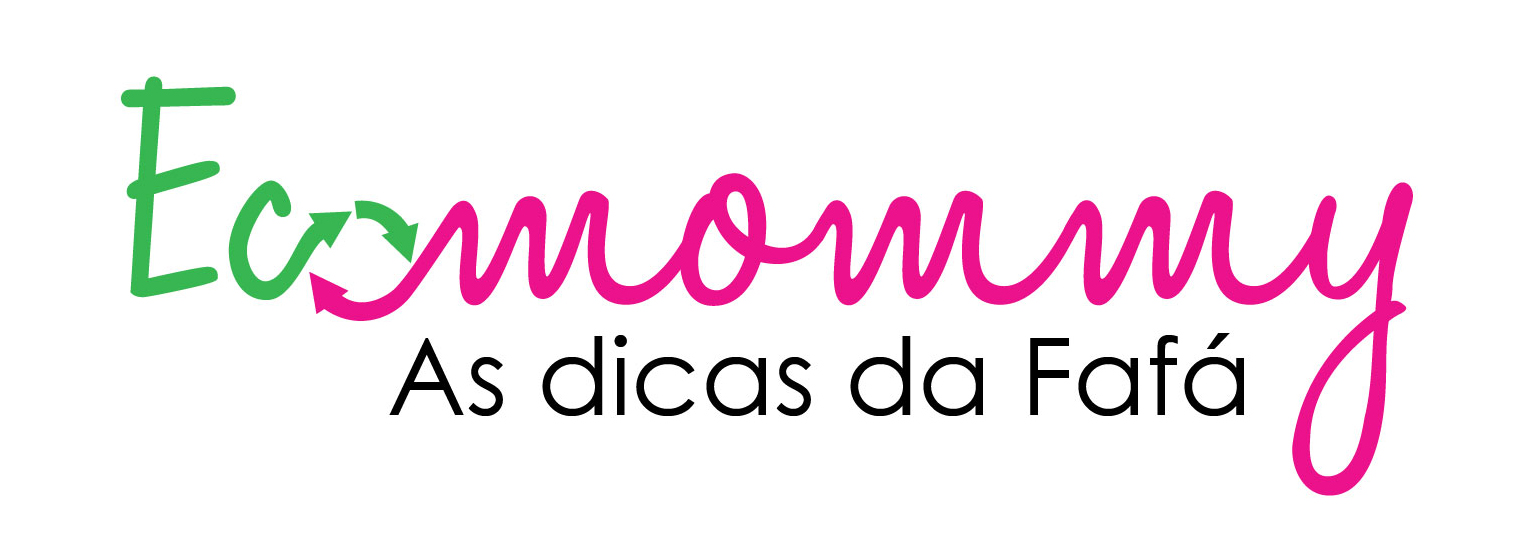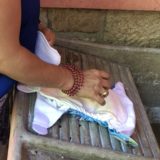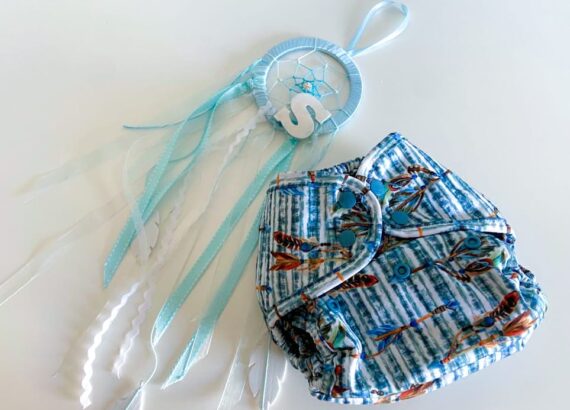Cloth Nappy Systems Rundown

The world of cloth, with its many different systems, may seem overwhelming at first. However, it’s only a matter of having the right information on hand. And to help you along, I will list below the various systems and the advantages and disadvantages of each. In a quick way, you will be able to see what fits your family best. I suggest you try all the systems (or most) before settling for one, as the baby’s shape will change over time, as too do our preferences.
The system most similar to disposables is All-in-One (AIO). As the name implies, the nappy already contains everything you need, it’s a matter of putting it on the bum! The insert is sewn at one end (or both, depending on the model) and forms a sort of a tongue. The idea is that there’s no stuffing involved and its major advantage is ease. So, where does it lose out to other systems? Generally, it’s not as absorbent, although some do have a pocket where you can add a booster. They also take longer to dry. Many AIOs use Velcro, making it easier to put on and adapt to the baby’s shape. One example is the Totsbots Easyfit Star, which has a bamboo insert with a microfiber core.


Next up are pocket nappies, most probably the most well-known system of all. The nappy has a “pocket” (whether at the front or back of the inside) where the inserts are stuffed. The inside (the part in contact with the baby’s skin) is made of stay-dry microfleece, a comfortable option! The major advantage is that you can customize absorbency depending on needs. You can use pocket nappies at night, it’s just a matter of adjusting inserts and boosters. Another advantage is that since the inserts are removed, they will take less time to dry. The cover itself dries a lot faster than the inserts, so are quicker to put on the bum – just use other inserts. The disadvantage? They need to be stuffed… And some parents may feel overwhelmed about which inserts to use. Fear not, I have your back! Just ask me J. Three pocket nappies I like very much are Baba+Boo, Blueberry and Ecopipo.


Let’s now move on to All-in-Two’s, which some call hybrid or Snap-in-One’s (I do too but I won’t go into that discussion lol). Here the soakers/inserts (call it what you will) are snapped on to the nappy or else tucked into the ends, envelope style. They’re usually quite absorbent and you can adjust absorbency, as they usually come with two inserts you can snap together. These are a great nighttime option. The pop-in by Closeparent in the pictures would require a nighttime booster for an older baby or a heavy wetter, though. The greatest advantage is once again a shorter drying time, as the inserts can be snapped off (you can leave one of the extremities snapped on, meaning less faff) and also that you can customize the absorbency. The disadvantage is that with snap-ins, you have to use brand-specific inserts. Example of an Ai2:


And now we’re moving on to two-parters, which consist of a nappy and some sort of waterproof cover. The first option you have is using a muslin or terry cloth (yes, just like the olden days), with whatever fold takes your fancy and put together with a “nippa”, a silicone “tie” with grips on the ends and which keeps the nappy in place. The cover or wrap you use next can be in PUL, wool or fleece, whereas most parents choose a PUL wrap for this type of system. The greatest advantage hands down is the cost… this is the most cost-friendly option out there: you need one wrap of every 3 nappies, unless the wrap gets soiled. Another advantage is drying time – these nappies dry super-fast because they have less layers that the modern cloth nappies and so are a great choice for winter. The disadvantage? They are generally less absorbent than other systems and more prone to leaks, as no double gussets. You also have to know how to fold them, which can be quite a learning curve. However, if you’re looking for a cheap, all natural option, look no further: a terry cloth plus a wool cover.
Another one to try is using a pre-fold, which are like terry cloths, only that they come with the pre-existing fold layout and are boosted at the centre panel. They can be used with a PUL cover, for instance, or as a booster for a pocket nappy, for instance at nighttime.
Examples of nappies and covers: GroVia (pre-folds and covers), Seedlings (terry cloths) Blueberry Capri (cover), Totsbots PeeNunt wrap (cover)

The last system is a fitted or contour nappy plus a cover or wrap. The idea is like the terry cloths, except the nappies are already “assembled”. The whole nappy is made of absorbent material and so they are the best choice for nighttime or heavy wetters. Fitted nappies come with snaps or Velcro fasteners and contour nappies need to be secured using a nippa. As above, they need a wrap or cover to become waterproof, although some more absorbent nappies out there can last up to 2 hours without getting damp. The covers can be as above in PUL, wool or fleece. The formats vary between traditional wrap, shorties or soakers, or even “longies”. The advantages of this system are hands down the absorbency and the fact they are made of natural fabrics and therefore breathable. The covers can be reused, just air them during the day if you use them at nighttime. Even wool covers! Yet these need to be lanolized prior to use to make them waterproof. The disadvantage? They tend to be quite bulky and can take an age to dry.
Examples of fitted nappies: Totsbots Bamboozle + PeeNut wrap, Kings of my Castle (fitted or contour nappies + wool soakers), Sloomb (fitted nappies + wool soakers, shorties, longies)











Comments
Trackbacks & Pingbacks
[…] 3. What are your favourite types of nappy and why? I prefer pocket nappies with Velcro fastening because they’re easier to fit on the child, they’re easier to adapt the number of inserts needed for the baby and the time of day and also because they dry faster. My favourite nappies are Bambino Mio and Close Parent Pop-ins. For a rundown of the different types of nappy, click here. […]
[…] 3. What are your favourite types of nappy and why? I love pocket nappies and I like the idea of my baby’s bum being dry. In fact, I use several types; pockets, fitteds, all in ones and all in twos. I use them according to what makes sense at the time! I use fitted nappies at night with PUL pull-up shorts. During the day, it depends on whether we’re home, if we’ll be out and about, if I can change her nappy or not in a given amount of time. I like to pair all in twos, which I use quite a lot, with a stay dry reusable liner – I love the combo! For a complete rundown of the various cloth nappy types, click here. […]
[…] (For a full description of the various nappy systems, click here) […]
[…] 3. What are your favourite types of nappy and why? I loved CloseParent Pop-In’s for the newborn stage. They are the only ones that are truly small enough for this stage. Now that she’s two months old, I prefer Mita nappies (two part system, Portuguese made) with a cover. I feel it’s the only way we don’t get leaks overnight. All in One’s work great for day time, but since we need to wash the whole thing, I feel it is less environmentally responsible to use this system alone. Especially since they take longer to dry, so we’re tempted to use a tumble dryer! (For a rundown on the different systems: http://eco-mommy.com/cloth-nappy-systems-rundown/) […]